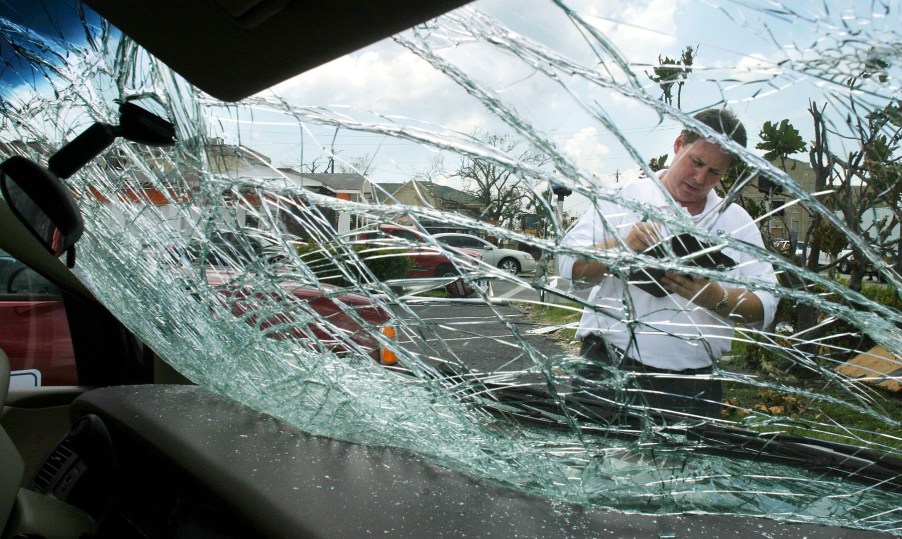
Need To Know: 6 Forms of Car Insurance Coverage
Buying auto insurance can be frustrating and unfamiliar. Once we have it we usually forget about it except when the monthly payments roll around. Then, we curse it. But knowing the six forms of car insurance and what they do helps to help you navigate your next insurance move.
Remember that nobody has “full coverage.” Here are the six different categories and how you’re covered with them.
Comprehensive

Comprehensive coverage is the portion that gets your car fixed outside of an actual accident. Some of the items covered by Comprehensive include damage from floods, theft, falling objects, fire, and damage from hitting an animal in the road. Windshield damage is also repaired or replaced by Comprehensive insurance.
If you lease a car it is mandatory, otherwise, it is optional. If you’re driving a vehicle that isn’t yours, Comprehensive also covers damage to that vehicle you’re driving. It’s a good idea to consider having Comprehensive if you have any of the following:
You live in an area where natural disasters like tornadoes occur. There is a high rate of theft where you live. If things are financially tight, then Comprehensive pays for damage you might not be able to otherwise cover.
Collision
Less expensive than Comprehensive, Collision coverage is also optional. Also, it’s usually cheaper than Comprehensive. Collision covers the driver if he or she is in an accident. It pays up or close to whatever the value of the vehicle is, minus deductions. Lately, with repair costs running so high, a lot of vehicles that don’t appear to be extensively damaged will be deemed a total loss. For a totaled vehicle the insurance company cuts a check for the fair market value, minus your deductible.
Liability
Liability insurance is usually required in most states. Each stat sets a minimum of how much Liability insurance one must carry. Liability insurance comes in two categories:
Bodily Injury: If someone is injured resulting from your negligence that person’s medical expenses are covered by your insurance company. It can also include a victim’s lost wages and pain and suffering.
Property Damage: This covers damage caused by you to objects in the wild. So running into a tree, a building, or another parked vehicle would all be covered through Property Insurance. It also covers you in case you’re sued.

Uninsured and Underinsured Insurance
This is coverage that some states require, while others don’t have to. If damage or bodily injury occurs and it is the other driver’s fault, then this category is covered by your own insurance. This way you’re not left with paying to repair your own vehicle out of pocket. The same goes for underinsured. If the person who caused the accident doesn’t have enough coverage to pay for all of the damage to your car or bodily injury, your own insurance kicks in to cover the balance.
Medical
Some states require this coverage, while others don’t. Medical bills resulting from injury to the policy holder, a family member driving your car, or passengers is covered by Medical. This generally includes coverage for hospitalization, surgery, medical tests, and more resulting from the accident.

Personal Injury
Also known as Personal Injury protection, it covers medical expenses from an accident. But it covers other issues that stem from the accident like loss of income, house cleaning, childcare costs, and more while the driver recovers from an accident. If someone dies in the accident this also covers funeral costs.
Circumstances will dictate which of these types of coverage are needed. If you’re driving an older car and it isn’t worth much, then Liability Insurance may be all you need to cover it for. So first decide what you need, then determine how much you can afford. Next, shop around to find out which company has the best coverage at the lowest rate.
Apps
There are apps like The Zebra that help you compare insurance quotes instantly. Also, compare potential provider apps to see which works best for you and your mobile device. Apps should be built for the major software platforms including Kindle Fire and Windows Phone. They’re available at the Apple App Store and Google Play store.



